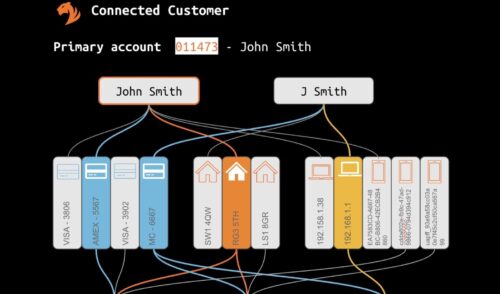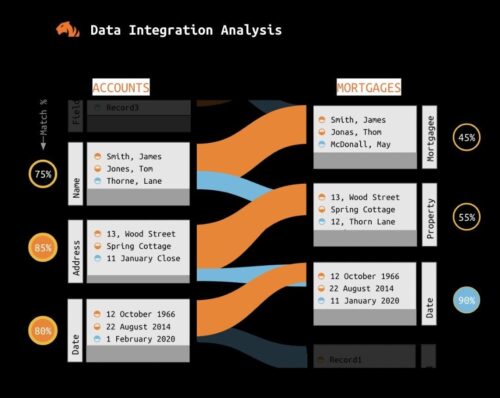In the rapidly evolving world of customer-facing businesses, providing an exceptional omnichannel customer experience has become the key to success. As online retail sales have soared over the last decade, it has become evident that connecting data across various silos is essential for a true omnichannel approach. In this blog post, we will explore how TigerGraph, a powerful graph database platform, is helping large customer-facing businesses create a connected customer platform, enabling them to leverage data effectively, improve customer interactions, and boost profits.
The Challenge of Consolidating Customer Data
Creating a comprehensive and coherent dataset that integrates everything known about customers, their purchasing behavior, and service usage is the foundation of a connected customer platform. However, consolidating these datasets is often a daunting task, and many businesses have struggled to achieve it successfully.

Retailers often face the challenge of dealing with messy customer data, multiple accounts for a single customer, and inconsistencies when they have grown through acquisitions. Moreover, purchase decisions are made at the customer or household level, but the data is often at a device or account level, leading to potential inaccuracies in models and insights.
The Power of Graph Databases
While traditional databases have failed to effectively connect data across silos, graph databases have emerged as a game-changer. Unlike traditional tabular databases, graph databases work on networks of connected data, allowing businesses to structure their databases as vast networks of customer-related information.
Graph databases offer several advantages in consolidating data, including:
- Flexibility: Graphs don’t impose a single structure on all records, enabling connections between data from different silos, even with inconsistent structures and many-to-many relationships.
- Graph Entity Resolution: Using this technique, the graph can quickly identify likely matches between data from different systems, resolving them through fuzzy matching, address standardization, and machine learning.

TigerGraph: Transforming Customer Data and Driving Omnichannel Profits
TigerGraph has emerged as a leading graph database platform, delivering unparalleled performance and scalability. Its ability to handle real-life retail and banking datasets up to 30 times larger than its closest competitor and its remarkable speed, up to 1000 times faster, make it a perfect fit for large customer-facing businesses. A case in point of successful utilization of TigerGraph is demonstrated by these two enterprises, showcasing how they have effectively leveraged its capabilities.
Multichannel Retailer: By leveraging TigerGraph, a large multichannel retailer was able to bring together data from five legacy acquisitions and connect family units of customers using multiple devices, payment cards, and addresses. This allowed them to market consistently across all customer touch points and resulted in a 17% increase in customer engagement.
Global Media Conglomerate: Another success story involves a global multichannel media conglomerate that merged data from 15 independent divisions to create the first and largest identity graph in the advertising industry. This enabled them to target audiences with personalized commercials aligned with their interests, leading to improved advertising performance.
The importance of a connected customer platform cannot be underestimated in today’s customer-centric business landscape. TigerGraph is empowering large customer-facing businesses to consolidate data across silos, improve customer interactions, and drive omnichannel profits. As the platform continues to gain recognition and accolades, it remains a valuable asset for businesses seeking to deliver a true omnichannel customer experience.
If you’re interested in exploring how TigerGraph can transform your customer data and drive profits in your business, you can sign up for a free instance of TigerGraph Cloud at tgcloud.io or contact us at info@localhost.

